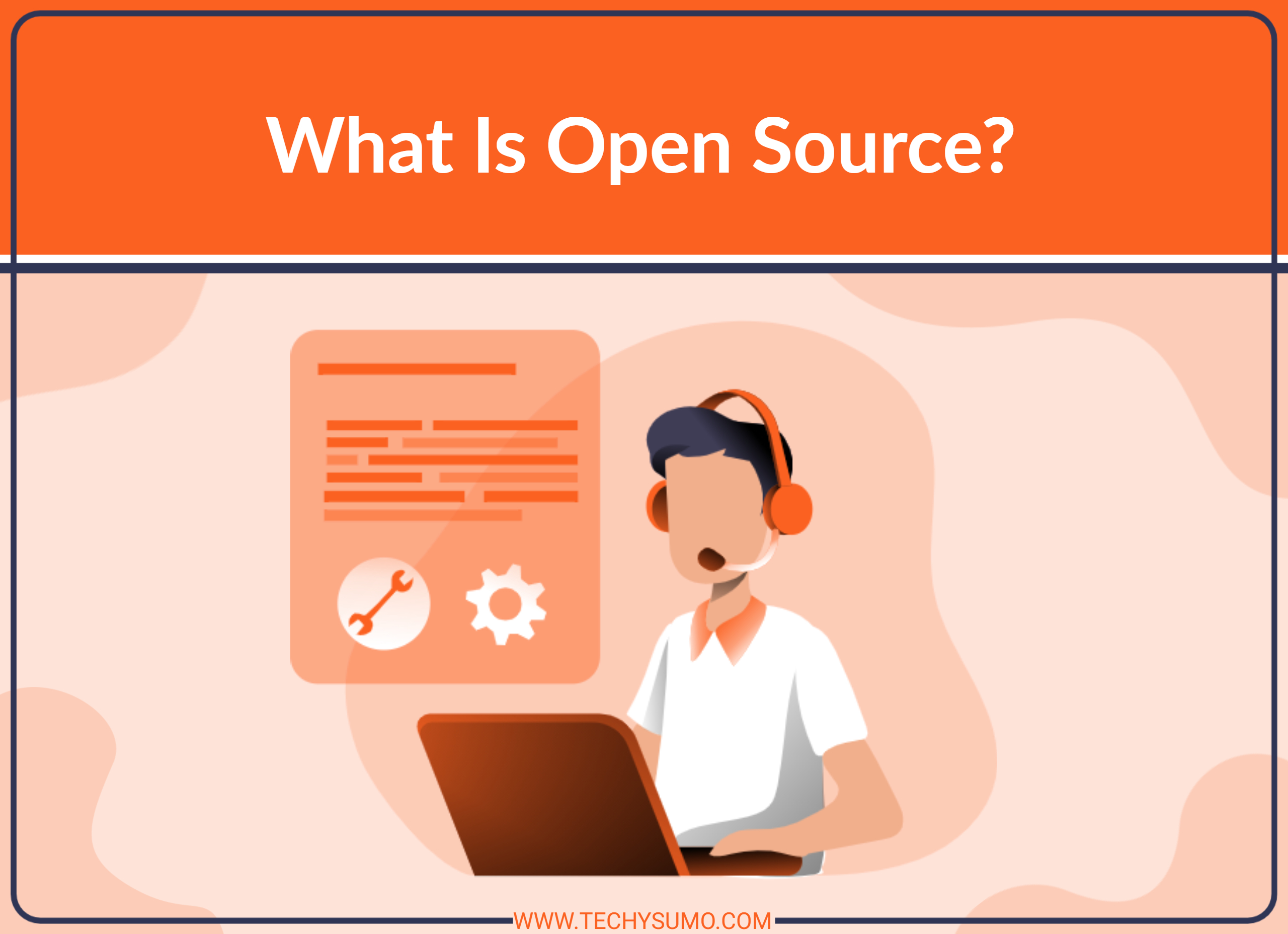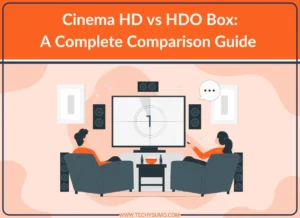The term open source represents that software that people can modify and share as its design is publicly available.
The term “open source” finds its roots in the software development field, which refers to an individual approach to developing computer programs. However, nowadays, it has evolved and acquired broader values, which are popularly known as the “open-source method”. Generally, open-source projects, products, or initiatives involve open exchange, collaborative participation, rapid prototyping, transparency, meritocracy, and community-based development.
Table of Contents
What is open-source software?
Open-source software is source code software that anyone can find packages, modify, review and make improvements.
“Source code” is a software part that most computer users never get to see. It is the code that programmers use to shape how software – an “application” or “program” works. Those developers who have access to the program’s source code use it to improve the program by find open source libraries adding extra features or repairing those elements that do not work correctly or use it to remove the bugs.
What is the difference between open source and other types of software?
Most often, the software has source code that can only be modified by a person or organization that created it and maintains its sole control. That software is called “patented” or “closed source” software.
Also Read
When it comes to proprietary software, only the sole owner can copy, inspect, and modify it. To use such software, users must consent (often by signing the license agreement that appears while installing the software) that they will do no harm or make changes that the software authors do not expressly authorize. Adobe Photoshop and Microsoft Office are prime examples of proprietary software.
Open-source software is very different and advantageous. Developers make the source code available to anyone who wishes to view, copy, modify, study, or share that software. LibreOffice and OpenOffice are prime examples of open-source software.
As with proprietary software, it is required to accept the license terms for free software. However, the license and legal terms for open source software users are quite different from proprietary licenses.
Open-source licenses impact how people utilize, study, modify and distribute software. As a rule, open-source licenses permit computer users to use open-source software for any purpose. In addition, there are other types of open source licenses – what some call “copyleft” licenses – that require developers who publish a modified open-source program to include the source code for that program. Moreover, some open source licenses also require that any programmer who shares the software that modifies with others must share the source code for the software without charging any kind of license fee.
Open-source software licenses consciously facilitate sharing and collaboration by allowing other programmers to change the source code and incorporate the same changes in their own projects. Developers are always welcome to access, view, and modify open-source software anytime they wish, as long as they facilitate sharing their software with others.
Is open-source software important only to computer programmers?
The answer is a big NO! Open source technology and thinking is advantageous for both developers and non-developers.
The reason behind such occurrences is that early inventors developed the whole Internet based on open-source technology, such as Linux OS and Apache web server applications. Nowadays, all Internet users enjoy the benefits of open source without even realizing it.
Every time someone visits a website or emails, chats with friends, listens to online music, and plays multiplayer video games, their laptops, smartphones, or games consoles that connect to the global networks of computers using open-source software. As a rule, computers responsible for such essential work are typically located in remote locations that users don’t actually access or see. This is the reason these computers are known as remote computers.
More and more people are increasingly relying on remote computers to perform such tasks that they would otherwise achieve on their local devices. For instance, they can use an online word processor, online mail system, or image editing software that is not installed and run on their primary devices. Instead, they rely on remote computers using a web browser, and this is why it is called remote access.
Some programmers call remote access “cloud-based access” because it involves activities (for example, storing files, sharing pictures, or watching videos) that affect not only the local devices but also a global network of remote computers that creates an “atmosphere” around them.
Cloud computing is an essential aspect of our daily lives for devices connected to the Internet. Some cloud-based applications, such as Google Apps, are protected from external changes. Others, such as ownCloud and Nextcloud, are completely open-source.
The cloud-based application runs on programs that help them successfully run efficiently and smoothly. This is why it is often said that software running “under” cloud-based applications act as a “platform” for those applications. Cloud-based platforms can be both open source or closed source. For example, OpenStack is a great example of an open-source cloud platform.
What can open source offer “beyond software”?
A lot of people are interested in understanding how open-source values and principles can transform the world beyond software. As a developer, we view open source as more than just a way to develop and license computer software. We all want it to acquire a different kind of attitude as well.
The “open-source approach” has the power to transform the different aspects of life completely. It teaches developers willing to share, working with a team in a transparent way (so others can see and contribute), seeing failure as a way of improvement, and expecting as well as encouraging others to follow the same.
Contributing to open source development also means committing to being actively involved in the development of the world. However, this dream is only possible if everyone has the same access to the way the world is shaped.
About the Company:
Kandi Open weaver is one of the largest collection points for open source projects. If you want to get into the development of a project, you can browse through tons of already made code, find open source libraries, find packages, and also collaborate and interact with other developers to achieve the best results.






